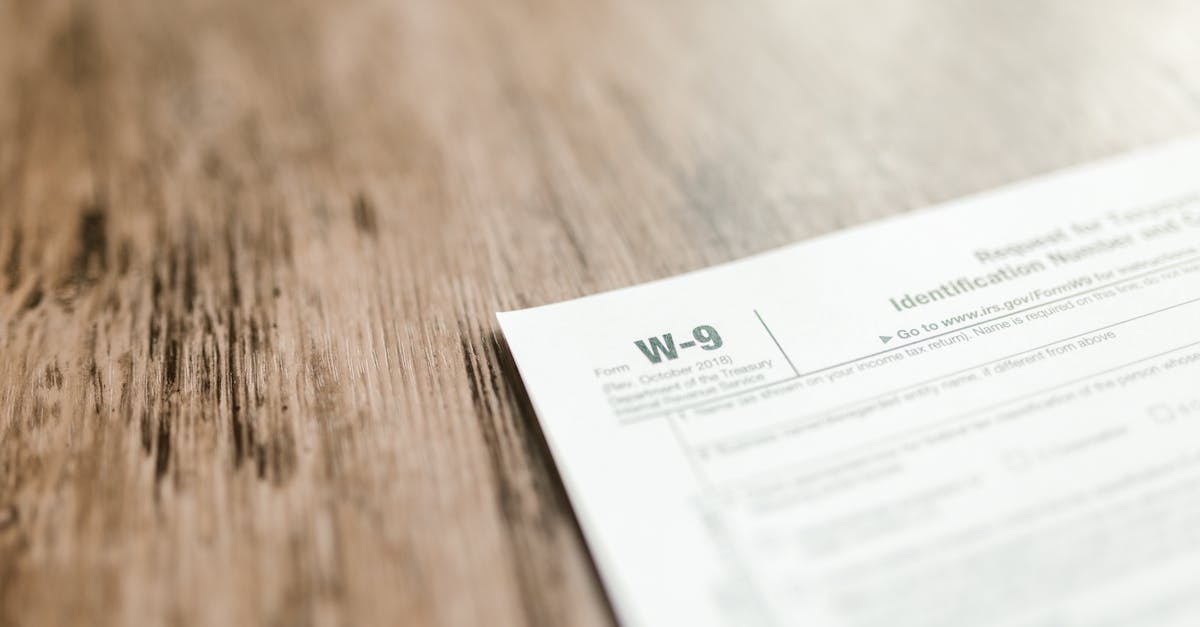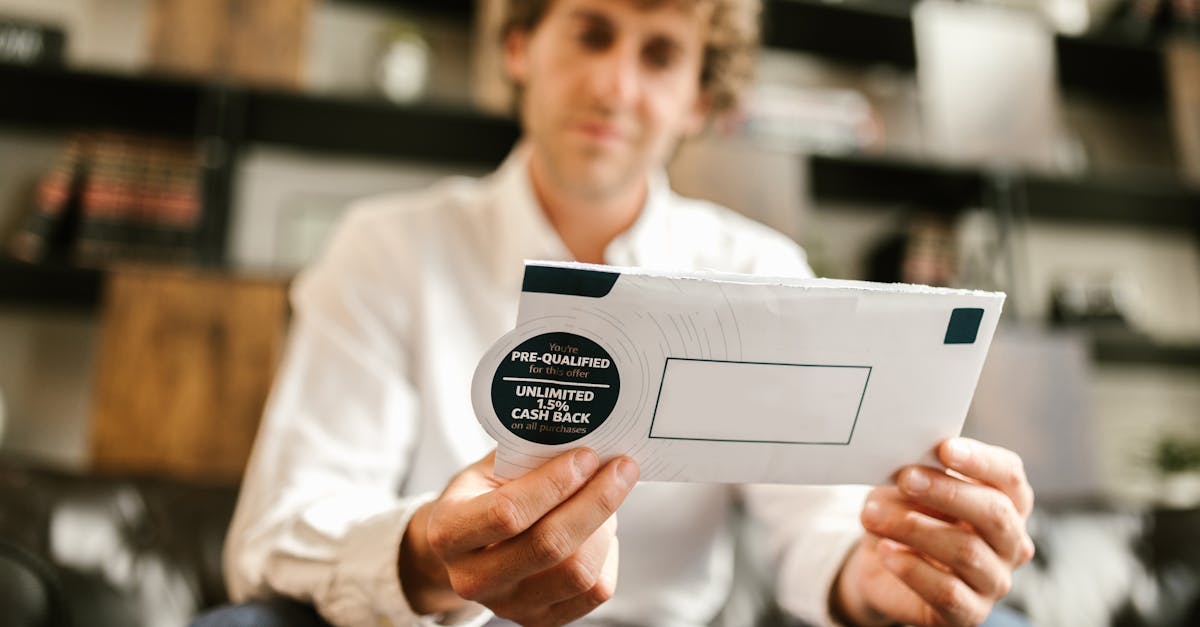
Introduction
Broken intake is the silent bottleneck for distributed teams. When intake depends on phone calls and email threads, scattered time zones and asynchronous work turn simple requests into slow responses, unclear scope, and lost documents — costing time, client trust, and creating compliance gaps. Document automation — smart forms that capture metadata, auto-classification, and ready-to-send e‑sign templates — removes that friction and makes every submission auditable and actionable.
What you’ll learn: how to build short, conditional intake forms that capture the right data up front; how to convert inputs into automated triage with routing rules, SLAs, and notification workflows; how to standardize secure handoffs with engagement letters and e‑sign; and which templates and KPIs to use to measure success — then apply these patterns to your remote workflow to speed engagement and reduce risk.
Why traditional legal intake breaks for remote and async teams (slow response, unclear scope, lost documents)
What fails: traditional phone-or-email intake assumes immediate, linear back-and-forth. In a remote work environment and distributed team workflow, that expectation creates delays, lost context, and missed deadlines.
Common symptoms:
-
Slow response — partners and clients expect near-instant replies, but asynchronous workflow between time zones stretches intake cycles to days.
-
Unclear scope — intake via chat or email often lacks structured fields, so matters arrive without the metadata needed to triage.
-
Lost documents — attachments get buried in threads or stored in personal drives instead of the case repository, breaking remote collaboration and virtual team workflow.
These failures multiply for teams using hybrid tools — a remote collaboration stack without a standard remote workflow process leads to inconsistent data, missed SLAs, and friction when handing off matters between team members.
Designing smart intake forms: conditional questions, auto‑classification and metadata capture for triage
Start with structure. A well-designed intake form is the foundation of any remote workflow. Use conditional questions to keep forms short for simple matters and collect more detail for complex ones.
Key elements to include
-
Conditional logic — show follow-ups only when relevant (e.g., show HIPAA fields when health data is involved).
-
Auto-classification — use picklists and keyword triggers to assign a practice area or urgency level automatically.
-
Metadata capture — collect client type, jurisdiction, deadlines, expected value, and required confidentiality flags for faster triage.
Smart fields enable an asynchronous workflow by putting all necessary triage data upfront. That reduces back-and-forth, accelerates remote onboarding workflow, and creates consistent inputs for remote workflow automation tools.
Automating triage and assignment: rules, SLAs and notification workflows to route matters faster
Turn inputs into actions. Once intake captures structured metadata, a rules engine can automate assignment, set SLAs, and trigger notifications so matters move without manual handoffs.
Practical automation building blocks
-
Routing rules — map practice area + jurisdiction + complexity to the correct handler or bucket.
-
SLAs and timers — create timeboxes (e.g., 4-hour initial review) and escalate automatically if SLAs are missed.
-
Notification workflows — combine email, Slack, and in-app alerts to support an asynchronous workflow across distributed teams.
These automations are the core of a remote workflow management approach: they reduce manual coordination, support remote collaboration across time zones, and allow measurable handoffs in a virtual team workflow.
Secure handoff and e‑sign: standard engagement letters, NDAs and evidence capture for remote clients
Make the handoff low-friction and defensible. Use standardized engagement letters, NDAs, and secure evidence capture so clients can sign and upload documents asynchronously and securely.
What to standardize
-
Engagement letters — keep a standard consulting agreement to reduce drafting and speed acceptance. (Example template: Consulting Agreement.)
-
NDAs — use a short, e-signable NDA early in the workflow to protect sensitive exchanges. (Example template: NDA.)
-
Evidence capture and HIPAA — when handling health data, include a HIPAA authorization form and secure upload steps so evidence is collected compliantly. (Example template: HIPAA Authorization Form.)
Combine secure e-sign with encrypted storage and an auditable handoff log. That preserves chain-of-custody for remote clients and supports compliance during any downstream review.
Suggested Formtify templates to standardize intake and speed response
Use templates as building blocks for a repeatable remote workflow. Below are high-impact Formtify sets and how to apply them.
-
Consulting agreement — quick-start engagement language to convert prospects into clients faster: https://formtify.app/set/consulting-agreement-7aemx
-
Non-disclosure agreement (NDA) — e-sign-ready confidentiality protection for early conversations: https://formtify.app/set/non-disclosure-agreement-3r65r
-
HIPAA authorization form — required when intake touches protected health information: https://formtify.app/set/hipaaa-authorization-form-2fvxa
-
Remote workflow template — create a custom intake that includes conditional logic, auto-classification, and attachments to serve as your standard remote workflow template.
-
Virtual onboarding workflow — a multi-step intake that collects KYC, billing preferences, and e-signatures to shorten time-to-engagement.
These templates reduce drafting, prevent errors, and ensure every intake follows your remote workflow process and remote work policies.
Operational KPIs: intake response times, matter triage accuracy and time‑to‑engagement
Measure what matters to improve your distributed team workflow and asynchronous workflow. Track a small set of KPIs and review them weekly.
Essential KPIs
-
Intake response time — median time from submission to first acknowledgment. Target: under 1 business hour for priority matters.
-
Matter triage accuracy — percent of matters correctly classified on first pass (practice area, urgency). Target: 90%+ after automation tuning.
-
Time‑to‑engagement — time from intake to signed engagement. Target: as low as business needs allow; many teams aim for 24–72 hours for simple matters.
-
SLA compliance — percent of matters that meet internal SLA windows for review and assignment.
-
Attachment completion rate — percent of submissions that include required documents; low rates indicate form UX or instruction issues.
Use dashboards to break these metrics down by team, time zone, and channel (web form, email, partner intake). These measurements let you iterate on the remote workflow automation tools and team collaboration tools you use, and they make it easy to show improvement in remote workflow management.
Summary
Asynchronous legal intake succeeds when you replace ad‑hoc calls and buried email threads with structured, automated processes: short, conditional smart forms that capture metadata, auto‑classification to drive triage rules and SLAs, and standardized e‑sign templates for secure handoffs and evidence capture. These elements reduce back‑and‑forth, keep documents auditable, and make ownership and deadlines visible across a distributed team. For HR and legal teams this means faster onboarding, fewer compliance gaps, and clearer handoffs that lower risk while improving client experience. To get started, review templates and examples or build your own intake flow at https://formtify.app to shorten time‑to‑engagement and make your remote workflow more reliable.
FAQs
What is a remote workflow?
A remote workflow is an intentionally designed sequence of steps that lets distributed teams handle tasks without requiring synchronous communication. It combines structured intake, automated routing, clear ownership, and asynchronous notifications so work moves predictably across time zones. The goal is consistent results, auditable handoffs, and fewer delays caused by waiting for real‑time replies.
How do I create a remote workflow?
Start with a short, conditional intake form that captures the metadata needed for triage (practice area, jurisdiction, deadlines, attachments). Add automation: routing rules, SLAs, and notification workflows, then standardize handoffs with engagement letters and e‑sign templates. Iterate using a small set of KPIs to tune classification and form UX.
What are the best tools for remote workflows?
Look for tools that combine conditional form building, a rules engine for routing, e‑signature integration, and secure document storage — plus notifications that reach your team where they work (email, Slack, in‑app). Form platforms with template libraries (like the Formtify sets referenced in this post) speed implementation and reduce drafting work. Integration with your case or project management system is also key to keep records auditable.
How do you manage asynchronous workflows?
Manage them with clear ownership, agreed SLAs, and automated escalation so tasks don’t stall between time zones. Use structured intake to reduce clarifying follow‑ups, and rely on notifications and handoff logs to preserve context. Regularly review missed SLAs and low attachment rates to identify process or UX issues.
How do you measure productivity in a remote workflow?
Track a focused set of KPIs: intake response time, matter triage accuracy, time‑to‑engagement, SLA compliance, and attachment completion rate. Use dashboards to break these metrics down by team, channel, and time zone so you can spot bottlenecks and iterate on forms and automation. Reviewing these metrics weekly helps prove ROI and guide continuous improvement.





